YOUNG actress Tanvi Virmani, who will be part of the play, The Crown Jewels, at the Garrick Theatre, believes her taking up a leading role in a restoration period play is a sign of progress for ethnic minority actors in theatre.
The play is based on the true story of Colonel Thomas Blood, the conspirator of an infamous plot to attempt to steal the British crown jewels from the Tower of London in 1671.
Disguised as a clergyman, Blood and his gang swiped the royal regalia from under the nose of their keeper, but were captured as they made their escape through the capital. Blood was mysteriously pardoned by the king and given a grant for land in Ireland worth an annual income of £500.
Virmani plays one of Blood’s gang members, Jenny Blaine/Jailer.
“This play is set in the restoration period, 300-400 years ago. The fact that I am in it is quite cool because I’d say 20 years ago, or even 10 years ago, it would’ve just been a full white cast,” Virmani told Eastern Eye.
“We’ve still got a long way to go, but I’m very grateful that things are changing and that things are more open for people who look like me.”
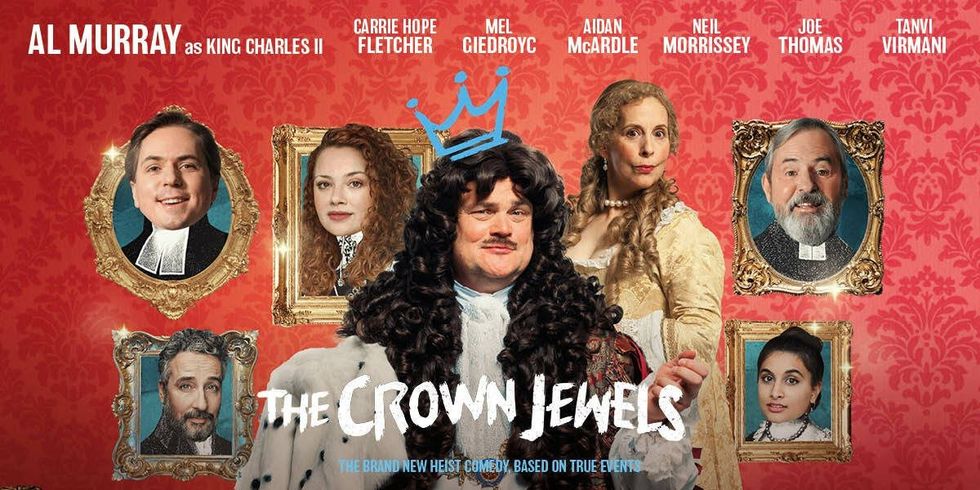
The Crown Jewels was written by Bafta award-winning creator of The Durrells and Men Behaving Badly, Simon Nye, and directed by multi-Olivier Award winner Sean Foley (Upstart Crow, The Ladykillers). It has a star-studded cast that includes Al Murray (The Pub Landlord), Mel Giedroyc (The Great British Bake Off), Carrie Hope Fletcher (Bad Cinderella), Aidan McArdle (Leopoldstadt), Neil Morrissey (Men Behaving Badly) and Joe Thomas (The Inbetweeners).
Virmani left drama school just over a year ago and said there were moments during rehearsals when she felt in awe of her cast mates.
“It feels like I should be paying to watch them,” she laughed. “I am watching these actors in their element, doing what they are known for. The likes of Al Murray, Joe Thomas, Neil Morrissey are all icons of British comedy.”
She added: “Comedy is known to be a difficult art to master, there’s real technical aspects to it. I am really looking forward to learning from these great actors.”
Though she is still relatively new to acting, the 22-year-old is already breaking new ground, having played the lead in the award-winning play Life of Pi in the West End.
She was cast in the role of Rani in the play, but thanks to the progressive production team, she got to play Pi – a male character in Yann Martel’s original book and subsequent film and theatre adaptations. “I’ve been obsessed with the film since I was a child. Pondicherry (in south India), where it’s set, has been my WhatsApp background for 10 years. And I’ve always felt this deep connection to it because of my Indian roots,” Virmani said.
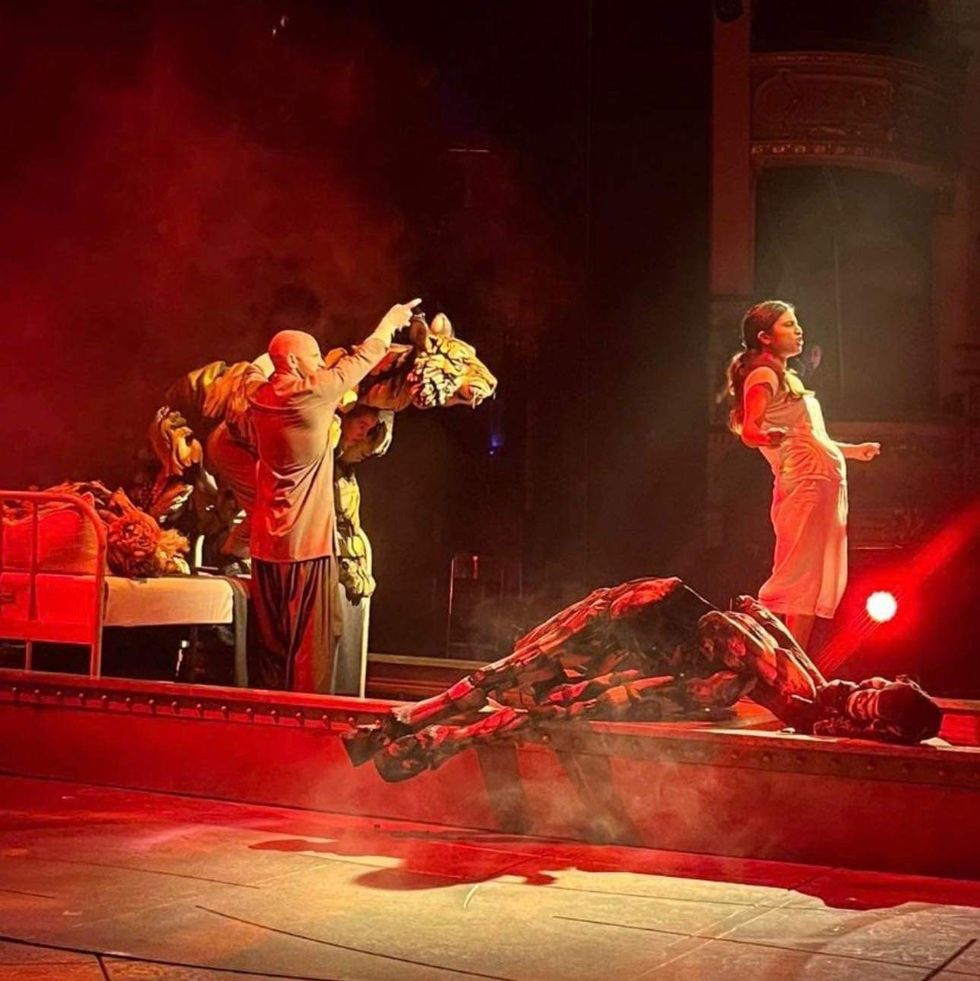
“When I auditioned for Rani, I also auditioned to be the understudy for Pi. There was a gender swap script, so not only did I manage to play Pi, I managed to play Pi as a woman,” she said.
“I am playing a character who survived on a lifeboat for 227 days. She is fighting a tiger. I am 5 feet 4 inches, but I had the opportunity to make it believable that someone like me and a woman, can fight a tiger on a boat. It was really empowering.”
And what was the reaction of the audience when they saw Pi played by a woman? “The first bit of the play is when I come out from underneath the bed. As soon as I showed my face and said my line, I could hear whispers in the audience like, ‘oh my God, it’s a girl, it’s a woman. I didn’t know it was a woman’,” she recalled.
Virmani said playing Pi was special as “it was one of the few times I have seen my dad cry. It was such a special day because I could see how emotional he was when I came out of the stage door.”
Her performance also had a big impact on some of the women and young girls in the audience.
“There were a couple of young Asian girls who came up to me and said, ‘what we really liked about the show was that Pi was a girl’. It made me realise the effect of being a south Asian woman in the industry. People of the same demographic will always support you for what you are doing and will look up to you.”
Virmani knows the importance of role models, as she says she herself was inspired by Indira Varma, the star of shows such as Game of Thrones, The Capture and ObiWan Kenobi.
“I find her so poised, so elegant and so commanding. She knows her worth because she has had to work hard for everything she has achieved.”
Aside from Life of Pi and The Crown Jewels, Virmani has acted in The Tempest at The Theatre Royal Bath and Two Billion Beats at The Orange Tree Theatre.
Though she has long-term ambitions of doing TV and film work, at the moment she is focused on her theatre career.
“My goal is the Royal Shakespeare Company. I’d love to just do a Shakespeare play with them. And I’d love to be in a period drama,” she said. “My first day of drama school, my teacher asked, ‘what do you want to get out of this?’ I said, ‘honestly, I just want to work hard and see what happens’. I just want to work hard to give it my all, my best shot and see where I land.”
The Crown Jewels premieres at the Garrick Theatre from July 7–September 16. The show then goes on tour with stops at Salford’s The Lowry (September 19-23), Canterbury’s Marlowe Theatre (September 25-30), Cardiff’s New Theatre (October 2-7), and Milton Keynes Theatre (October 10-14).
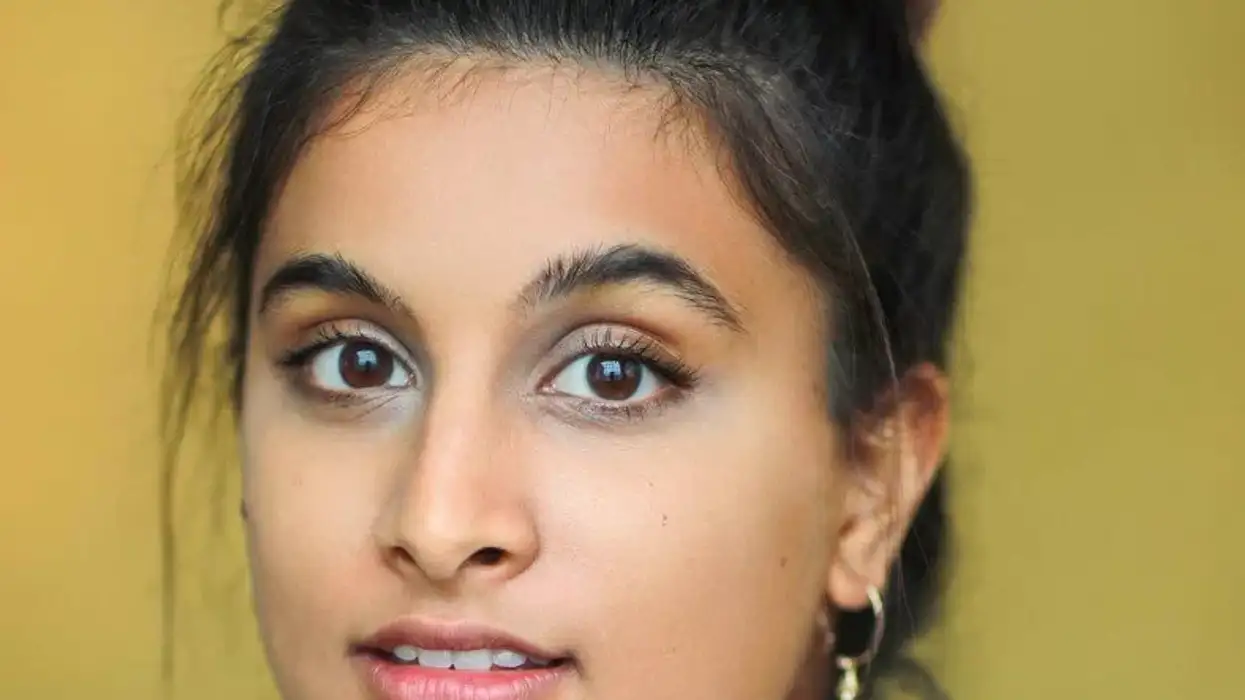
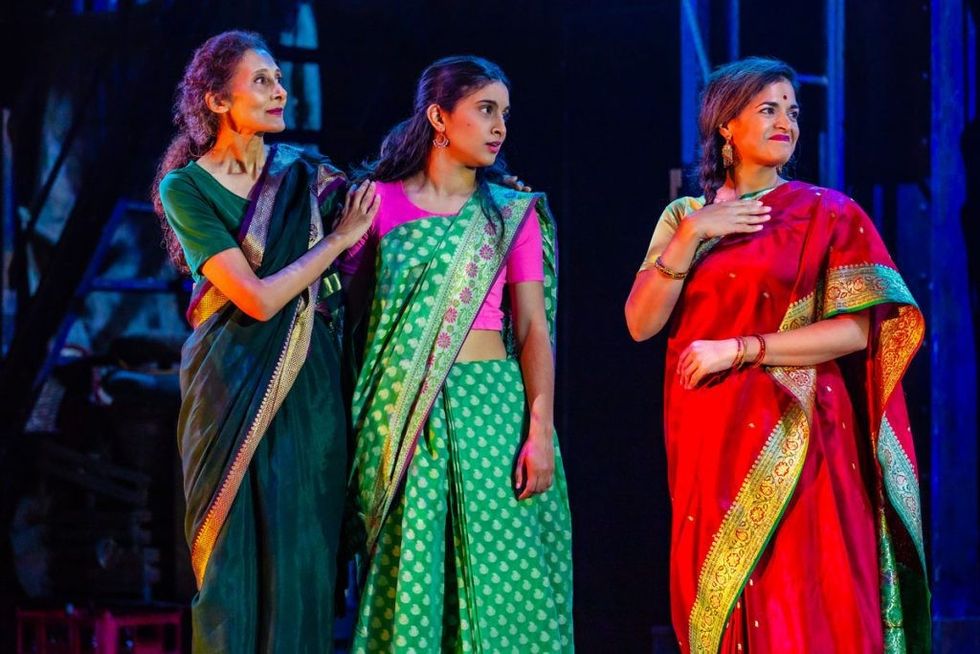
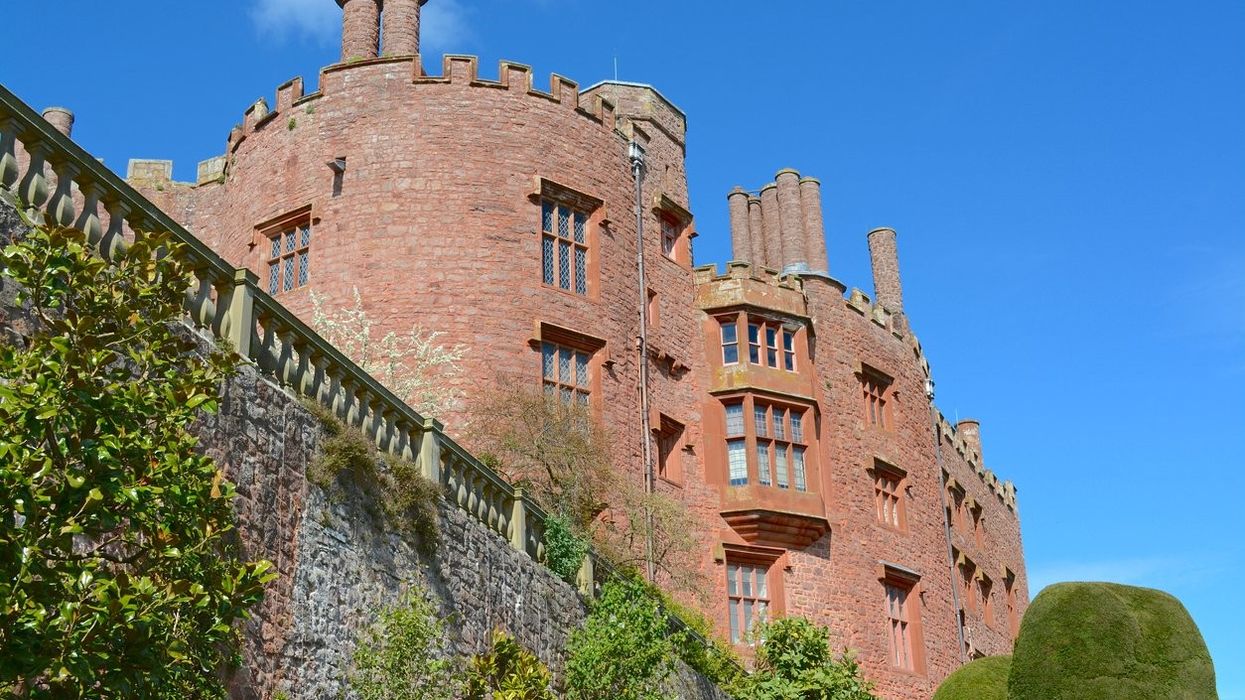
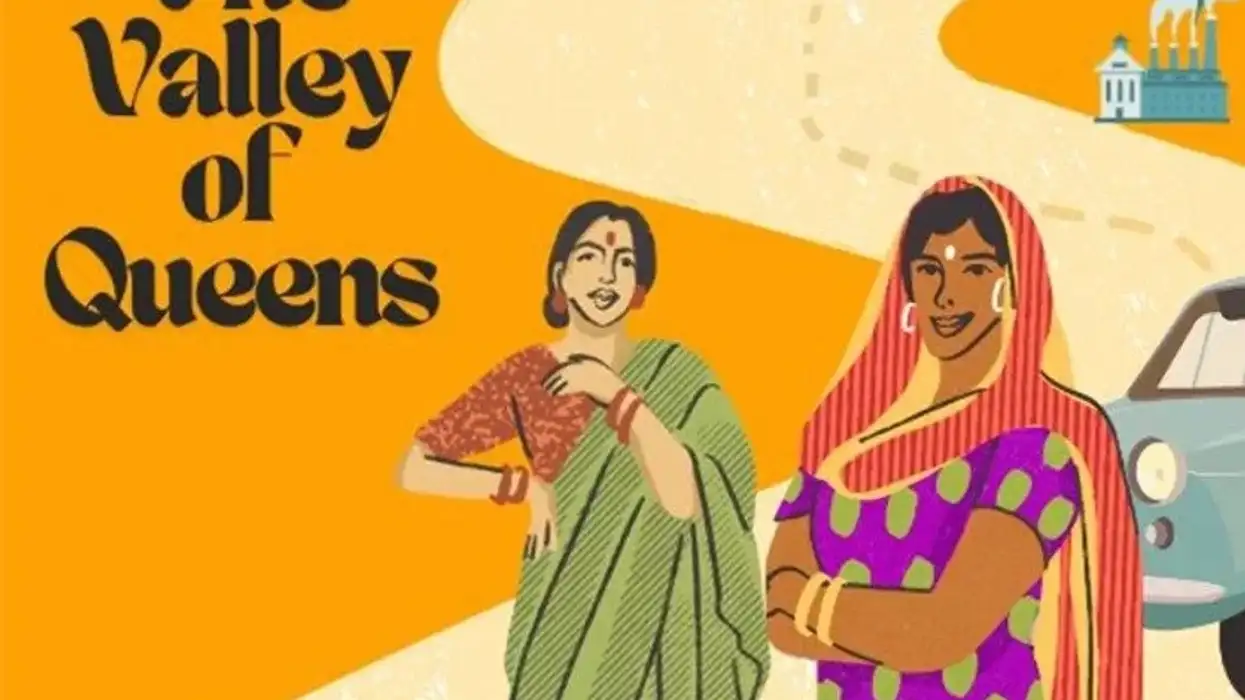
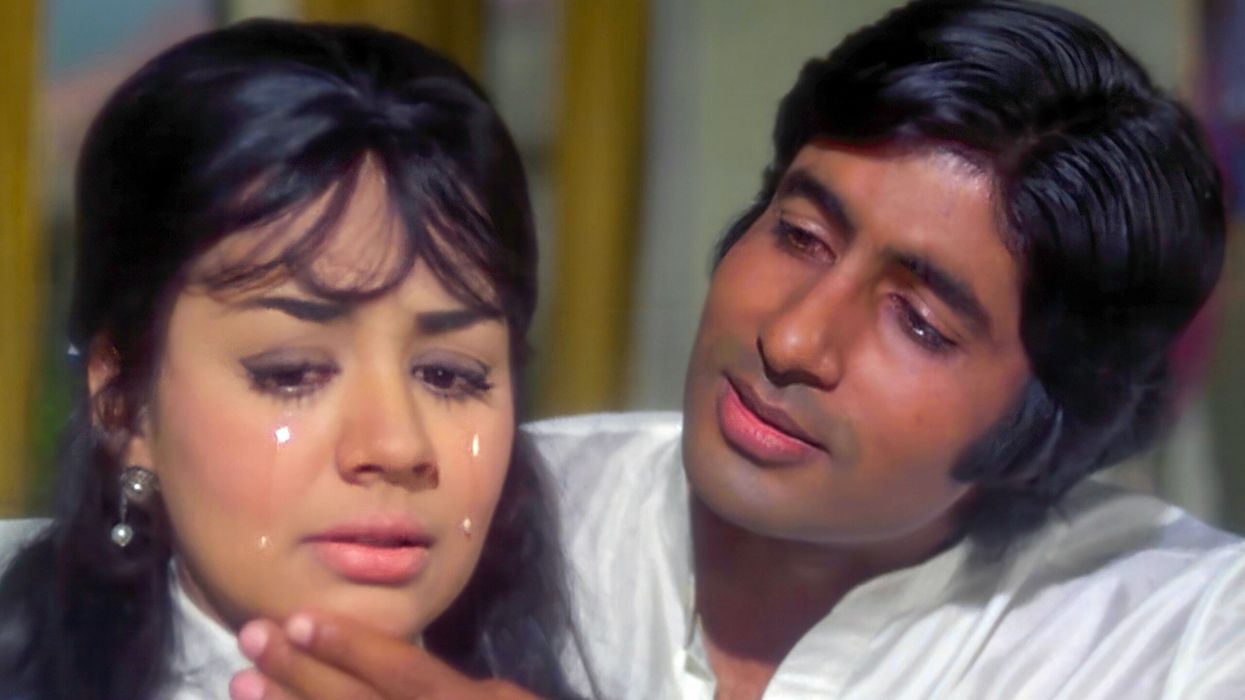
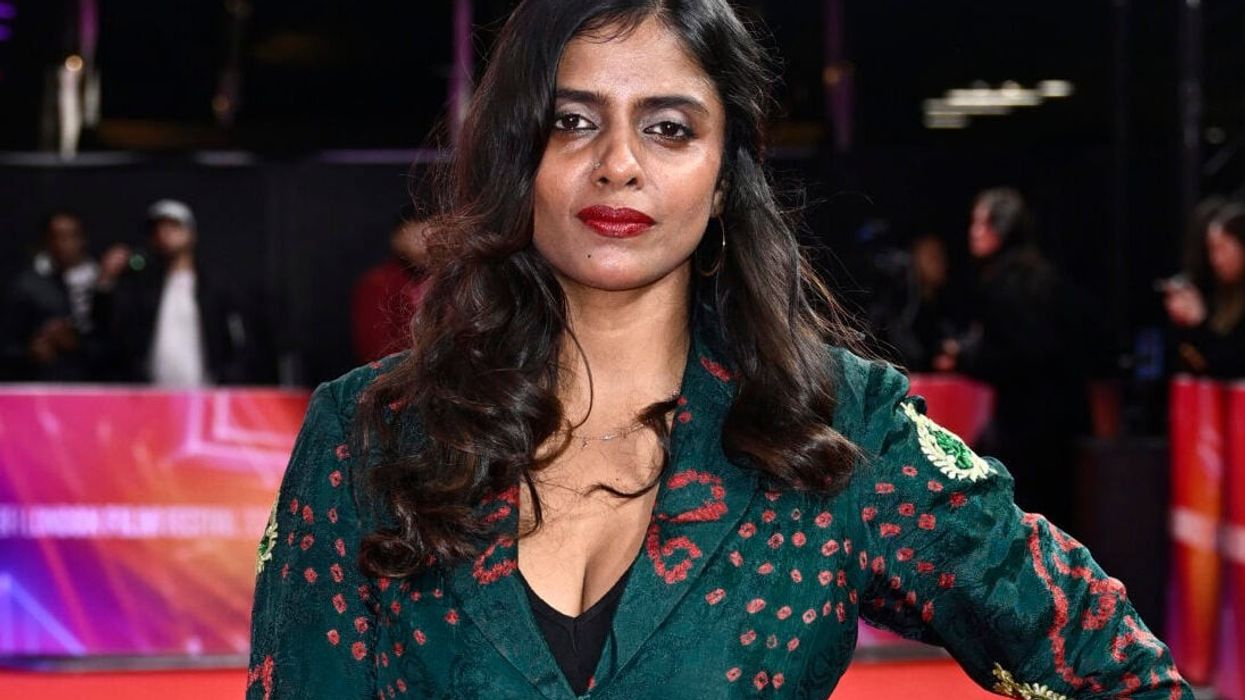

 Jonathan Mayer on the sitar and beyond Instagram/the_sitarist/ @sat_sim
Jonathan Mayer on the sitar and beyond Instagram/the_sitarist/ @sat_sim 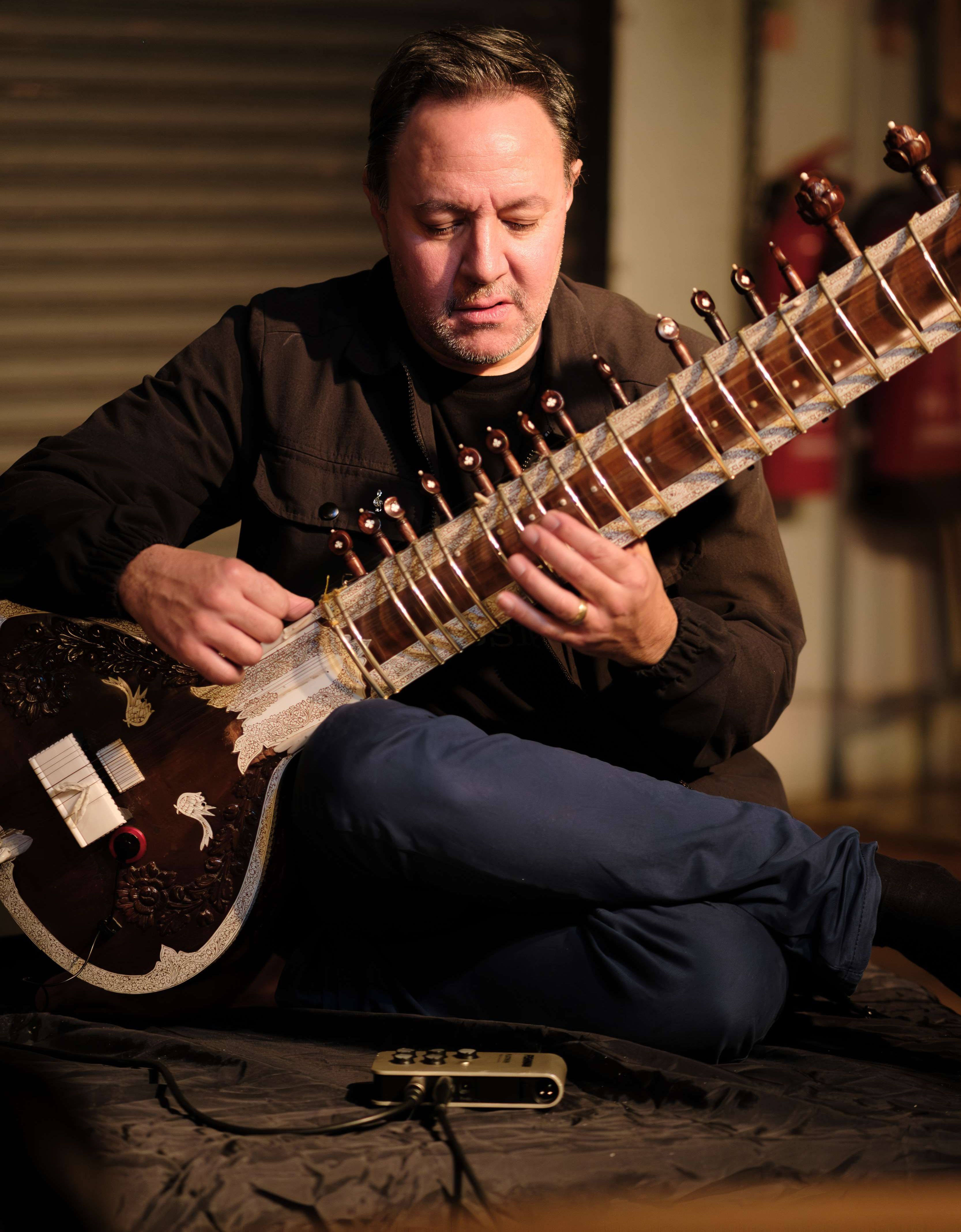 Redefining Indian classical music with Jonathan Mayer Akil Wilson
Redefining Indian classical music with Jonathan Mayer Akil Wilson Jonathan Mayer on music without boundaries Instagram/the_sitarist/
Jonathan Mayer on music without boundaries Instagram/the_sitarist/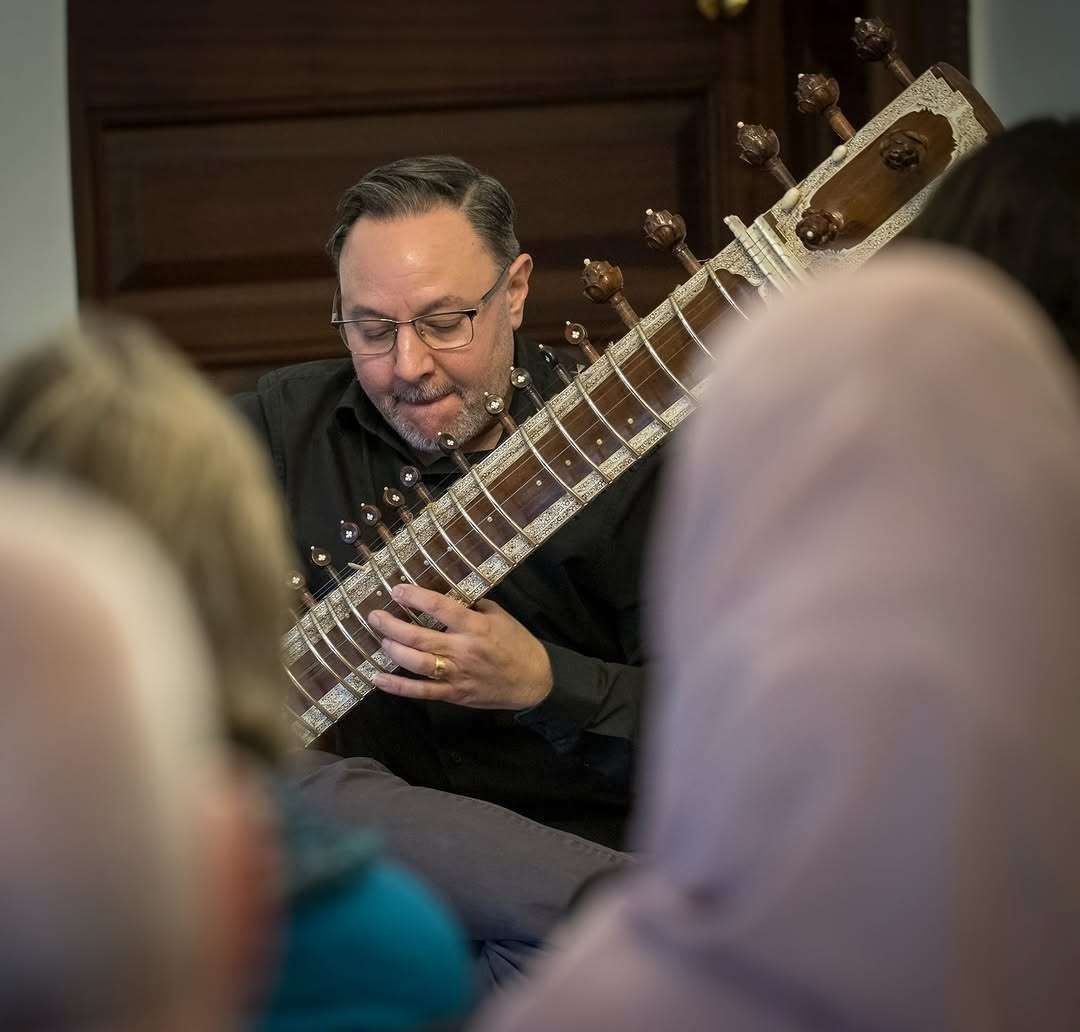 Jonathan Mayer on teaching and performing Indian music Instagram/
Jonathan Mayer on teaching and performing Indian music Instagram/






